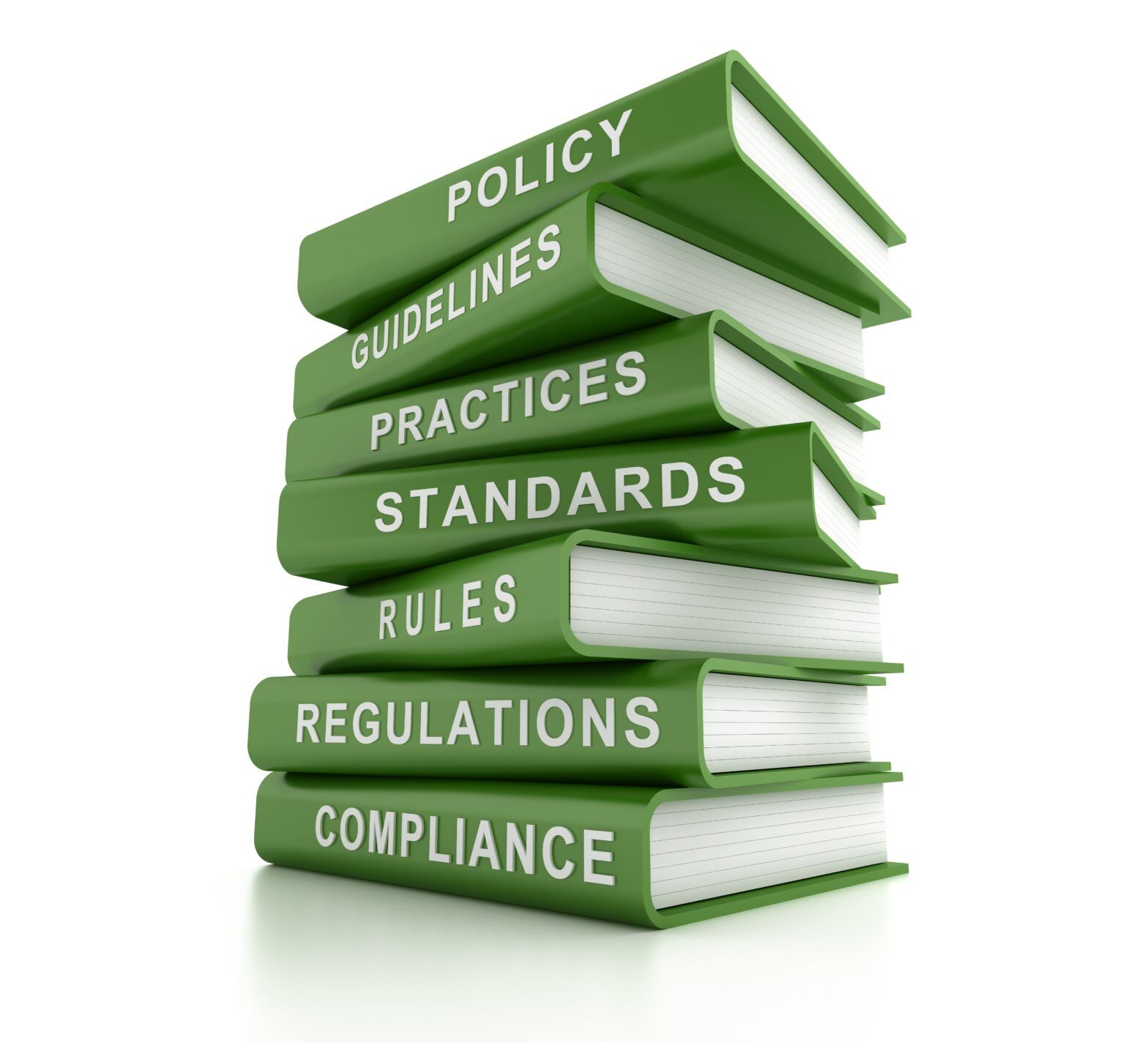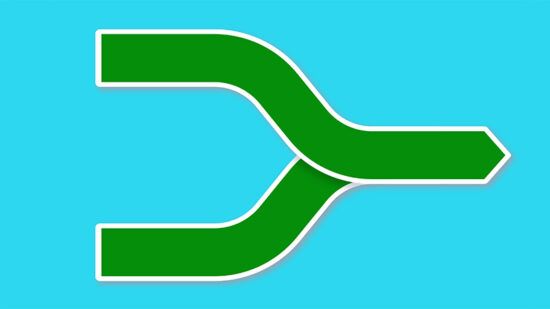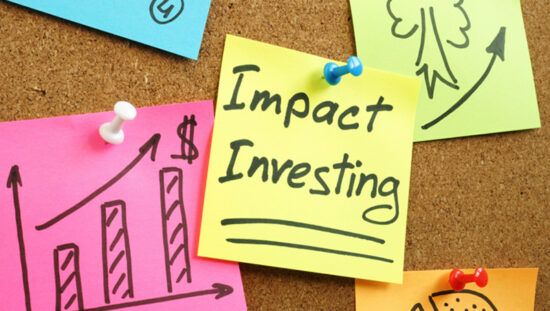Level 2 of the EU’s Sustainable Finance Disclosure Regulation (SFDR), which boosts transparency requirements for asset managers, was introduced this week following months of groups struggling to prepare for the new disclosures.
The introduction of Level 2’s regulatory technical standards (RTS) on 1 January 2023 means fund providers will need to supply detailed sustainability-related disclosure obligations, and complete mandatory reporting templates.
Level 1 of SFDR, which came into force on 30 June 2021, required firms to publish and keep a statement on their website relating to their principal adverse impact (PAI) and due diligence policies.
Taking this further, Level 2’s mandatory reporting template outlines a set of indicators for the PAI statement, focusing on climate- and environment-related adverse impacts as well as social impacts such as human rights and anti-corruption.
These are divided into a set of 14 core indicators and 31 additional indicators and groups need to report on all 14 core indicators plus 2 additional (at least one climate-related and one social-related) indicators. The full list of indicators can be found here.
Confusion
However, commentators in the lead-up to the Level 2 implementation and the new RTS have expressed concern over the lack of clarity surrounding requirements for SFDR Article 9 funds – specifically, how sustainable investment should be defined.
Following requests for clarification, the European Commission stated in June 2022: “For the avoidance of doubt, as stated by the European Commission in its SFDR Q&A from July 2021, financial products that have sustainable investment as an objective should only make sustainable investments.”
However, confusion continued and, as a result, many groups have downgraded active and passive Article 9 funds in the past few months of 2022 as a precautionary measure.
In December 2022, DWS joined groups such as BlackRock, UBS Asset Management, Amundi and BNP Paribas Asset Management in downgrading some of its passive Article 9 funds to Article 8.
A statement to the market from DWS cited a question from the European Supervisory Authority (ESA) to the European Commission about “whether financial products with a passive investment strategy which designate as a reference benchmark a Paris Aligned Benchmark can automatically be deemed to fulfil the conditions of Article 9 SFDR”.
Until the European Commission provides clarity on this, or what is meant by “only make sustainable investments”, a number of DWS ETFs would disclose in line with Article 8 instead of Article 9 of SFDR, the group stated.
Worth the challenge
Carola van Lamoen, head of sustainable investing at Robeco, which itself made a small number of reclassifications of active funds, said despite the challenges the January SFDR requirements were welcome.
“Managers will have to be much more transparent in what their funds actually do from an ESG perspective, and also the outcomes of their decisions in terms on their wider impact on society.
“Despite the challenges the market has faced in the implementation of these regulations, the introduction of the RTS is a good thing, as it brings further transparency – so long as in the end this additional information is factored into the decision-making of asset owners, fund selectors and end investors,” said van Lamoen.
Fund reclassifications at the asset manager, she explained, were driven by a tightening of Robeco’s internal definition of sustainable investment.
“As Article 9 funds have to invest 100% in sustainable securities, under our new definitions, a small number of funds had to be reclassified.
“The Dutch regulator AFM has in its recent report on SFDR interpreted the reclassifications as a signal that fund managers have become more cautious, which it considers as an improvement.”
More than labels
According to Andy Pettit, director of policy research at Morningstar, the group saw over 40 products move from Article 9 to 8 in the run-up to the 1 January deadline.
Pettit said this was “as providers take on board that Article 9 products should be fully invested in assets qualifying as sustainable investments (excepting only cash and assets used for hedging purposes)”.
He explained although it has been used by many as a “de facto label“, SFDR is first and foremost a disclosure regime. The “meat” of those disclosures started on 1 January, “with the requirements on product providers to produce detailed annexes to their prospectuses and annual reports”.
“It’s these new disclosures that will really start to substantiate a product’s ESG objectives for investors, putting KPIs and metrics to them. The self-assignment of each product to Article 6, 8 or 9 is important because it dictates the details of what must be disclosed in the annexes,” said Pettit.








